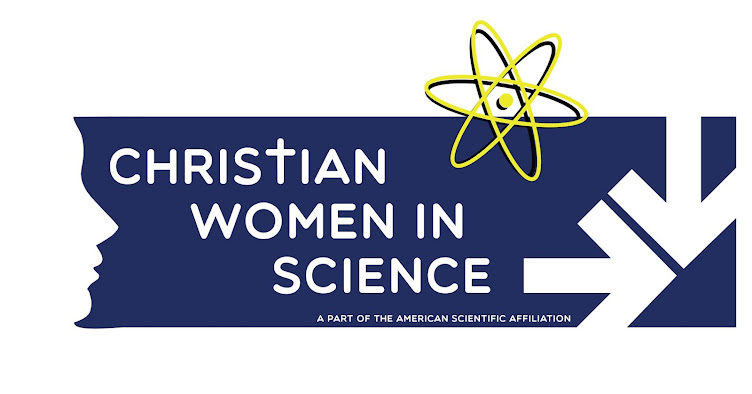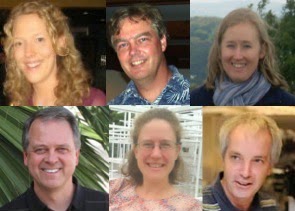My work backpack has a mix of 3D printed parts, baby toys, post-it notes and sketches. It does a good job of summing up my life, which is a gratifying mix of engineering and motherhood. Since becoming a mom, I’ve been faced with a mountain of decisions, all centered on keeping life balanced.
My dad was a surfer. When I was younger, he would take me out on a board in the ocean to that perfect place where the waves rolled in but hadn’t broken yet. He taught me that, although timing a wave was important, having the patience to choose the right wave was the most important choice. It had to be the perfect combination of elements to be right.
That’s what I found through a part-time engineering role at Disher Design. I could tell you about the long journey I took to get here, but would rather focus on the why. The culture allows me to realize my passion of helping others through engineering, and the part-time work hours allows me to focus on motherhood. My manager understands my mission. While I work, my two daughters are taken care of just down the road by my mother-in-law. It is my formula for a perfect wave.

Now, that sounds all dreamy and picture perfect, so let’s get down to the nitty-gritty.
First, finding that perfect wave doesn’t mean you’re a great surfer. It takes work to keep yourself balanced, and I’ve had my share of face plants. See the tips section below; many of these lessons were learned the hard way because I did the opposite.
Secondly, define your own wave. One of my sisters is a full-fledged mother of 5 (not sure if she sleeps, ever), and my other sister started a successful Etsy business (here’s my shameless marketing for her –
GREEN DOT DESIGNS) with two little guys at home. My mom worked full-time until her third child was born (she was overcome by my baby cuteness), then switched to part-time. The point is, we all do it differently, but because we all chose a balance that made sense for us, and fits our goals in life, we are happy. Happy wife, happy life. And as my mom says, “If mom’s unhappy, the whole family is unhappy.” Get the picture?
Questions to define your wave formula:
Why do I want to work?
What is my mission in life?
How do I want to spend my time?
What are my financial goals?
How do I want my children to view me?
What outlook do I want my children to have?
How do I want my children taken care of while I’m at work?
Is my manager on board with my goals in life?
What kind of community do I want to be a part of?
20 tips to stay balanced:
1. Set a consistent schedule, and communicate it well, or chaos ensues. Belieeeeve me.
2. Create inspiring goals. “Pay for my children’s education” sounds a lot better than “cover some of our bills.”
3. Be extraordinarily organized. I use One Note obsessively.
4. Prioritize your commitments.
5. Meet your deadlines. This may mean being flexible and working at night when needed.
6. Be exceptional at what you do.
7. Be passionate about what you do, and don’t be a whiner. Even if it isn’t, make it look easy.
8. Keep your manager and husband in the loop. Your workload decisions will affect them both.
9. Mentally scale back from full-time. You can’t fit 40 hours into a 20 hour work week.
10. Wait a day before committing to something new. ‘Yes Man’ is not an inspirational movie for you.
11. Be intentional with your time for work and family. The best show of love is attention.
12. Savor your time with your children and husband. What do you do when you savor food? You focus on the food and eat slowly. Luke 2:19: “But Mary treasured up all these things and pondered them in her heart.”
13. Be decisive. This goes for the nursery paint color as well as setting the customer meeting time. “It doesn’t have to be perfect to be beautiful.” – The Nesting Place.\
14. Schedule downtime for yourself each day. For me, this is reading books like Game of Thrones (dragons are real).
15. Be efficient with your time. Amazon Prime = amazing. Take work calls on the drive to/from work.
16. Avoid the “supermom” mentality. You cannot be the CEO, the full-time incredibly involved mom, the witty house wife that loves to clean, and the super in-shape health queen. Follow your priorities, and let things fall into place.
17. Don’t feel guilty to ask for help at work or at home. My husband does a lot of the grocery runs.
18. Don’t feel guilty about working. Remind yourself of your goals and why you are working.
19. Don’t worry about what others think of you, but instead what your children think of you.
20. Sing Frozen’s “Let it Go” as many times as needed per day to let the little things go.
Although it sometimes feels like I’m on the ragged edge of sanity, I can’t pass up a perfect wave. A big part of my drive to work is to be a role model for my children. Many pivotal decisions I’ve made were greatly influenced by the way I view my mom. I want my kids to grow up thinking they can do anything they want, pave their own paths, and be brave.
Flowing through these questions and tips is an active, constant part of who I am now. It’s a lot of work to stay balanced, but it’s worth it. And I think the company benefits from this, too. I am motivated to work hard for a company that has worked hard to make a part-time position a reality for me.
Good articles and books to peruse:
THE NESTING PLACE “It doesn’t have to be perfect to be beautiful.” An inspiring book to make you decisive.











